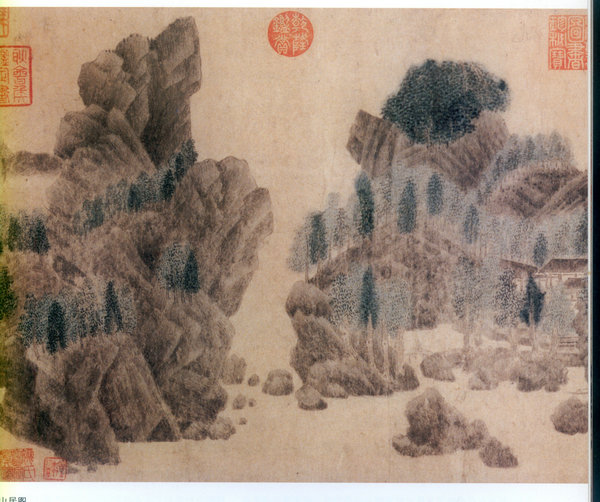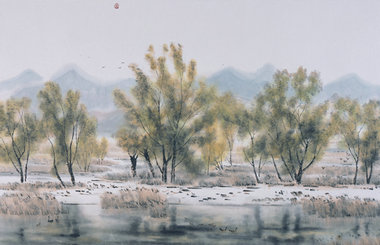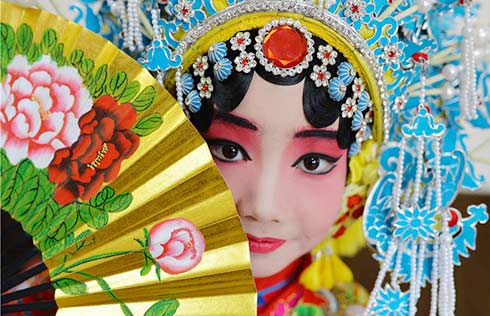Where learning and art proved a potent mix
ByZhao Xu and Su Qiang
( China Daily ) Updated: 2015-12-19 11:45:47
 |
|
A work by Qian Xuan (1239-1299), who spared no effort when it comes to leaving personal hallmarks.[Photo provided to China Daily] |
"The word literati implies a group," he wrote in an essay. "A man could be called a literati painter if he painted and socialized with members of the group. Neither style nor educational level alone could be considered a deciding factor."
In other words, to be remembered as a literati painter, one had to stay within the circle.
Yang has a very different take on the question.
"Today, people tend to emphasize the difference between professional and literati painting, pitting one against the other. In fact, the boundary has always been very fuzzy. Among most literati painters there was no lack of respect for their professional counterparts."
Yang cites as an example Tang Yin (1470-1524), a renowned literati painter who studied for years under a professional painter.
And some, among them Qian Xuan, probably had an intimate understanding of the hand-to-mouth existence of many low-level professional painters, brought on either by personal misfortune or as a result of what was happening at the time. (Qian's lifetime coincided with the fall of the Song Dynasty (960-1279) at the hands of Mongols, who later set up the powerful Empire of Yuan.)
"Literati painters were forced to step into the same marketplace as their professional counterparts, where they had to outwit the anonymous imitators to defend their own financial interests," Zhang says.
|
|
|
|
|
|
|
|

























 Raymond Zhou:
Raymond Zhou: Pauline D Loh:
Pauline D Loh: Hot Pot
Hot Pot Eco China
Eco China China Dream
China Dream China Face
China Face






